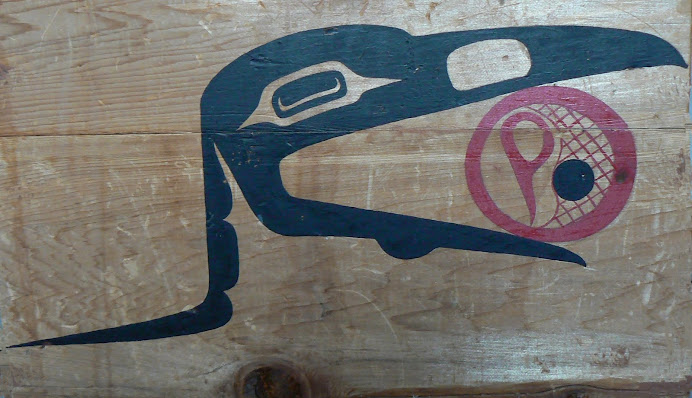First, a wrapup of winter activities. I did finish up the wine rack so that I could store the fall 2010 wine production. Here is the finished product, partially loaded (180 bottle capacity).
By the end of the vinting season I had it pretty well filled up! We ended up with 25 bottles of estate Madeleine Angevine. After bottling it and letting it rest, both the acidity tests (0.70 TTA) and the taste tests indicated that it was not going to be a pleasant wine. Accordingly, I researched and decided to attempt to de-acidify the Mad Ang. I purchased potassium carbonate and generated from one bottle 3 different treatments and levels, and for comparison I had the unaltered RC 2010 Mad Ang and a commercially produced Mad Ang. One of the three RCMA treatments had only deacidification, and ended up at 0.67 TTA (targeted 0.65). The second treatment was deacidified and "conditioned" with invert sugar up to about 1.0% residual sugar (whereas the original RCMA was fermented to dryness and had residual sugar below the detection limits of the glucose test (that is, <0.25% Residual). The third and final treatment was simple a 50:50 blend of the first two, leaving a calculated 0.65 TTA and a 0.5% residual sugar.
The samples chilled, and after writing the treatment on a card, the cards were turned over and taped to the wine glass bases. I left the room while a helper came in and shuffled the glasses. I returned and each label was given a given letter codes. The two of us then did "blind" taste testing and arranged them, by agreement, in order of "most acidic" to "sweetest", and from among this ranking had these comments (please excuse our novice use of likely improper wine terms - we are by no means professional tasters...) :
A: Good nose, but is way too tart initially, then a flat finish.
B: Not a great initial aroma, then "flabby" on the tongue, with a flat finish
C: is very much like B above. Not great.
D: poor nose, flabby start, a nice finishing taste but way too sweet for our tastes.
E: Our decided favorite of the bunch. Decent (but not great) initial nose, nice "bright" start, and a nice finishing taste.
Now for the code results and acidity and residual sugar:
I was pleased that we were able to readily detect significant differences between the treatments, and more importantly, that I was able to "correct" a vintage that did not turn out that well (what can you expect with only slightly over 1,200 Growing Degree Days of heat here in Puyallup in 2010. Many local commercial vineyards didn't even bother picking their grapes last year - it was that bad.)
Our 2010 Regent was also under-ripe, but had to be picked. We only had two gallons of wine to go to secondary, although I did try a malolactic fermentation mid-way through the primary - trying to bring the acidity down). After putting it on medium toast French oak for 4 weeks, I racked it back to a carboy, but needed additional wine to fill the 3-gallon carboy. Since the 2009 RC Regent was not memorable, I decided to fill off the remainder of the carboy with Syrah. I used about 3 liters of a 2010 Yakima Valley kit Syrah that I had going, and 4 bottles of our RC 2009 Yakima Valley Syrah to top it off. This left a 43% Syrah, 57% Regent blend that tested out at 0.47 TTA - which seems pretty good. The nose is very much Syrah, which I like, especially since the Regent had little. This was bottled in April of 2011 (15 bottles) and from my tasting at that time it seems very promising. The Syrah predominates, so maybe it is essentially using my Regent to dilute a pretty good Syrah. Hard to say.
Besides the kit Syrah mentioned above, (which was actually 2009 grapes), we obtained 2010 harvest Eastern Washington grapes from a source at a small winery in Woodinville. At separate times they brought over and pressed both Sauvignon Blanc and then later Viognier grapes. In both cases I picked up 6 gallons of juice the morning after it was pressed - a very nice way to make wine!
Both whites resulted in very nice white wines. The Sav Blanc in particular is very "bright" and crisp. The grapes were purportedly from the well-regarded Boushey Vineyards in Grandview. I was surprised and pleased to get such quality, and it seems to have paid off well in the resulting wine.
So our 2010 production here at Raven's Call resulted in about 140 bottles total production, nearly filling the new wine rack!






No comments:
Post a Comment